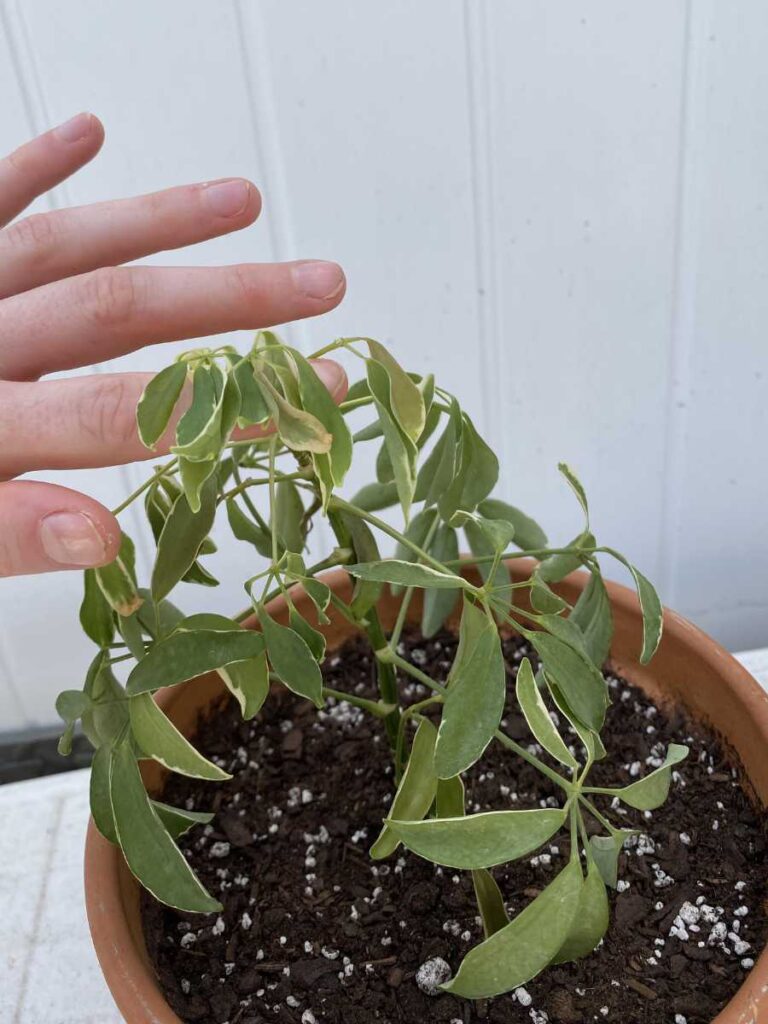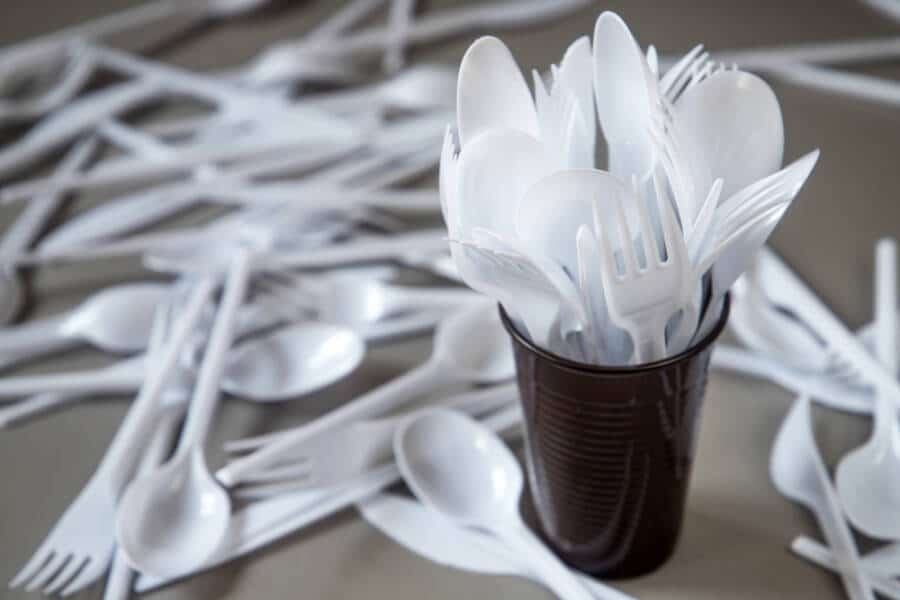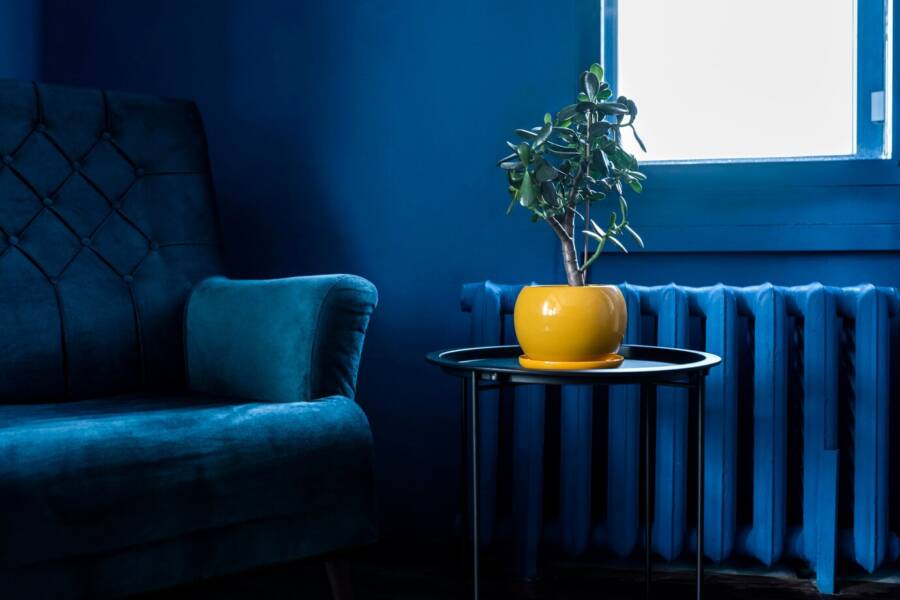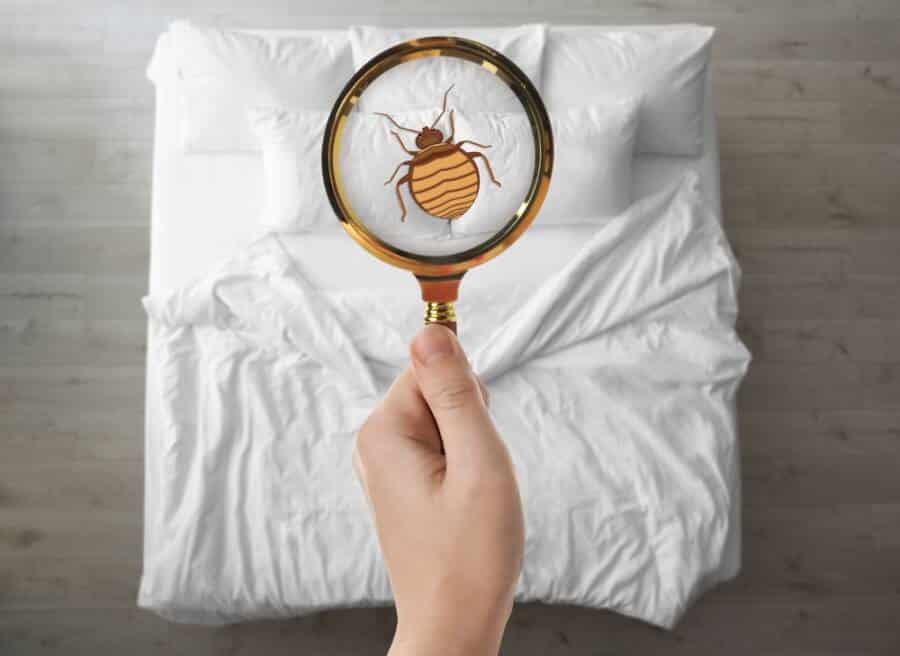Does your umbrella plant (Schefflera) look droopy and sad? Are you worried that it might not survive the season? Don’t worry, there are ways to care for your beloved houseplant!
In this article, we will explore why your umbrella plant is drooping, and how you can give it the attention it needs.
Here’s Why Is Your Umbrella Plant Drooping?
The most common cause of an Umbrella Plant drooping is overwatering, resulting in root rot. Signs of this include yellow lower leaves, poorly draining soil, and an offensive smell from the soil. Other causes of drooping include cold stress, transplant shock, underwatering, or overfertilizing.

How to Identify Drooping of An Umbrella Plant
The answer may lie in understanding how to identify the drooping of an umbrella plant.
Signs of this include yellow lower leaves, poorly draining soil and an offensive smell from the soil.
There are many factors that could be causing it, from too little water or the sun to disease or pests.
If the leaves appear limp and weak with yellowing edges, this indicates a lack of moisture and/or sunlight.
On the other hand, if the stems are soft and mushy then there could be an issue with root rot due to overwatering.
Common Causes of Umbrella Plant Drooping
Water is one factor that can affect how well your beloved houseplant is doing. If it hasn’t been watered recently or consistently enough, its leaves may start to sag and look limp.
Not all plants have the same watering requirements though; while most need regular hydration, succulents often require less frequent but more intensive watering sessions.
Make sure you know what works best for yours!
On top of this, sometimes too much light can cause issues with umbrella plants as they prefer shady spots in the home.
Direct sunlight can damage their delicate leaves if left unchecked – so remember to rotate them around regularly if you don’t want too much sun exposure over any given period of time.
Lastly, fertilizer can also lead to problems such as yellowed leaves or stunted growth if used incorrectly – make sure you use the correct type and check instructions carefully before applying it to your plant!

Diagnosis of The Problem
In order to diagnose the drooping of your umbrella plant, it is important to take a closer look at what could be going wrong. The most common causes may include problems with water, sunlight, soil or pests. However, there are other factors that can come into play and each one should be considered:
- Too much or too little water can cause wilting.
- If the leaves become scorched due to intense sun exposure this will lead to drooping.
- Poor quality soil or poor drainage may also lead to wilting leaves.
- Insects such as aphids and spider mites feed on the sap of plants which disrupts their ability to absorb moisture properly leading to drooping foliage.
It’s worth taking some time to investigate these potential causes further in order to get an accurate diagnosis of why your umbrella plant is drooping.
Check out all aspects of its environment including watering levels, light intensity, soil condition, and any signs of pest activity.
Only then will you have enough information necessary for you to decide on how best to address the problem and restore your plant’s health!
Environmental Factors Affecting Umbrella Plant Drooping
Take the case study of Mary, for example, she noticed her umbrella plant was wilting and had lost its vibrant coloring. She realized that although she’d been watering it as normal, the extreme heat of summer in her city had taken its toll on the delicate foliage.
Other environmental factors could include not providing enough light or too much direct sunlight
temperature extremes either way – both from cold drafts and overheating indoors
using water with mineral content too high for the soil mixture to absorb;
repotting without proper preparation
and insects like mealybugs or scale infesting the leaves.
All these conditions can lead to wilting, yellowing, brown spots on leaves or root rot.
Solutions to Prevent Drooping of An Umbrella Plant
It’s natural for drooping to occur in an umbrella plant. But, if it’s happening too often, it may be a sign that something is wrong. So what can you do to keep your umbrella plants looking their best?
Firstly, make sure your plant isn’t receiving too much or too little water. Too much will cause the leaves and stems of the plant to become soggy and weak; while not enough leads to dehydration and wilting.
Secondly, check your soil quality – look for signs of nutrient deficiency such as yellowing leaves or stunted growth. If the soil lacks essential nutrients, add some fertilizer or compost to give it a boost.
Finally, ensure that there’s adequate air circulation around the plant by pruning off any dead or dying branches. This should help prevent fungal diseases from taking hold which could further weaken its structure.
Tips for Reviving Your Umbrella Plant
If you’ve noticed your umbrella plant drooping, don’t panic – it can be revived with a few simple steps. Drooping is usually caused by too little light or too much water, so both of these factors need to be addressed first and foremost.
First, check the amount of light that your plant is getting. If there isn’t enough natural light, move it closer to a window where it will receive more sunlight each day.
It should also get some shade in order to prevent burning from too much sun exposure.
You may also want to consider investing in artificial lighting such as fluorescent lights if needed.
Secondly, assess whether there’s been an over-watering issue.
Check the soil for moisture levels and make sure you’re not overwatering your plant!
Let the top inch or two of soil dry before adding any additional water and try using a potting mix that has good drainage properties like perlite or vermiculite mixed into it.
With just a few adjustments and care tips tailored to its needs, your umbrella plant will soon perk up again!
Conclusion
Although many of the abovementioned issues could cause drooping leaves in your umbrella plant, you can bring your plant back to life with a few simple adjustments and therapeutic measures.
Taking the time to understand why your umbrella plant is drooping and being proactive with care and maintenance should have your plant looking healthy and strong again in no time.









